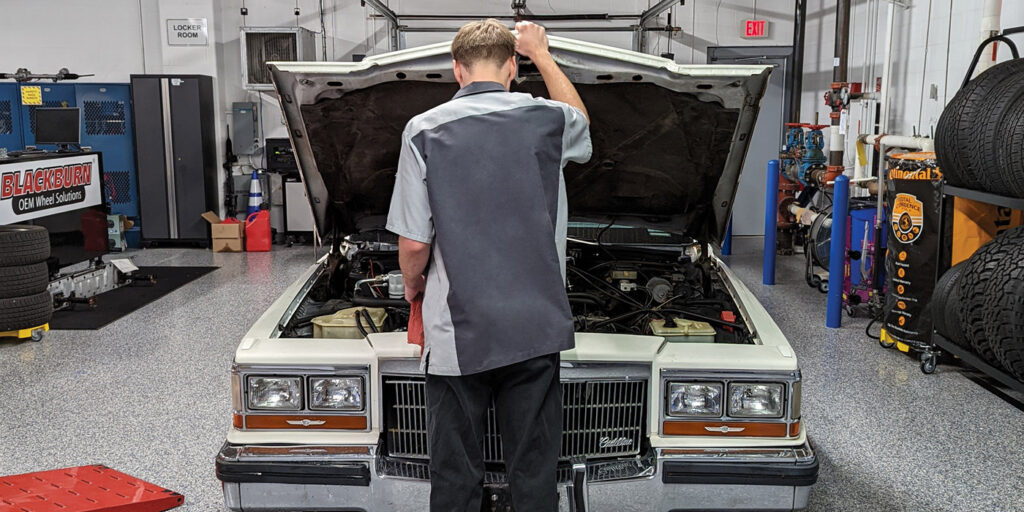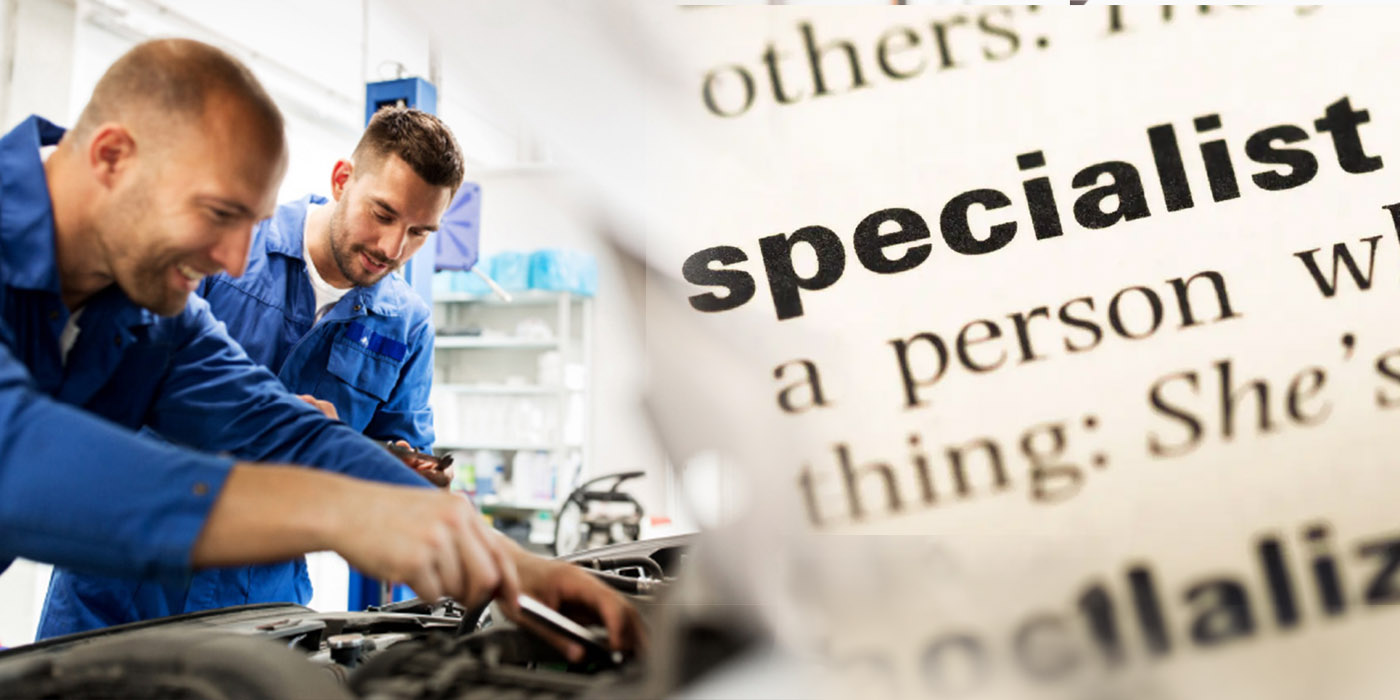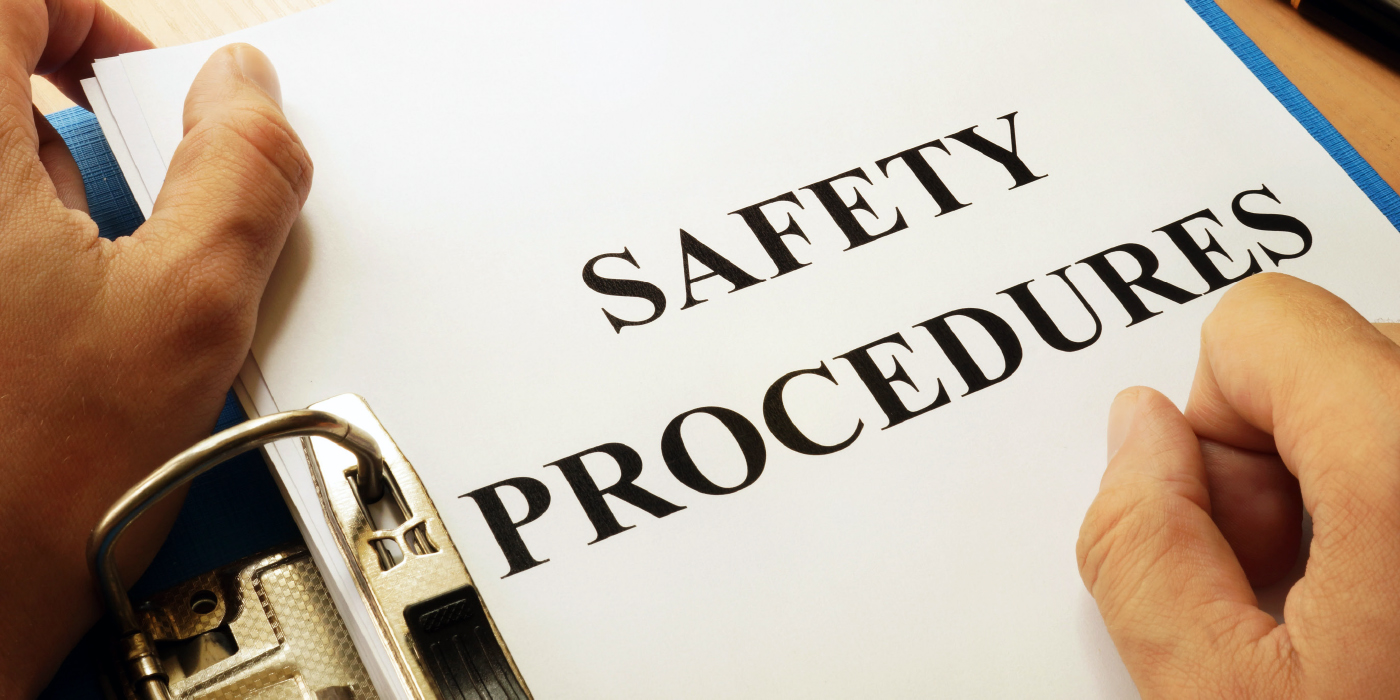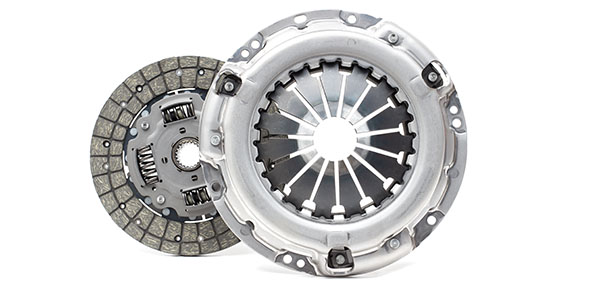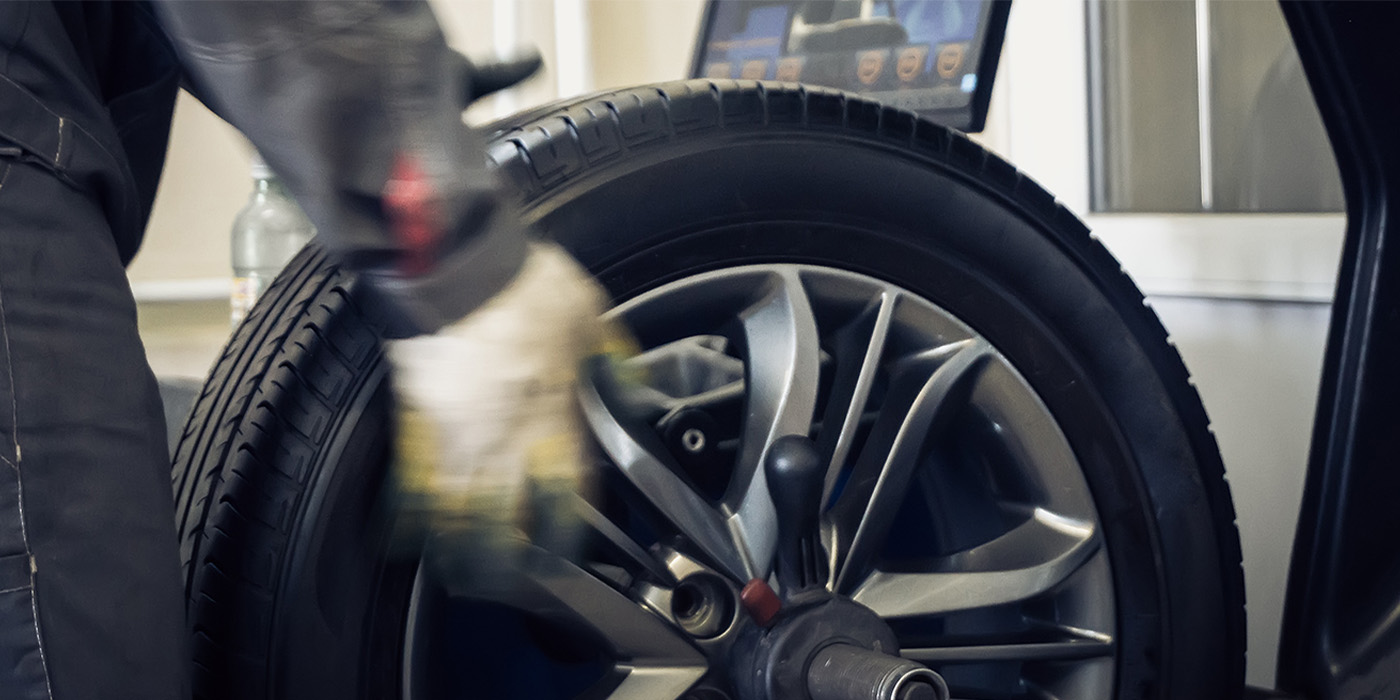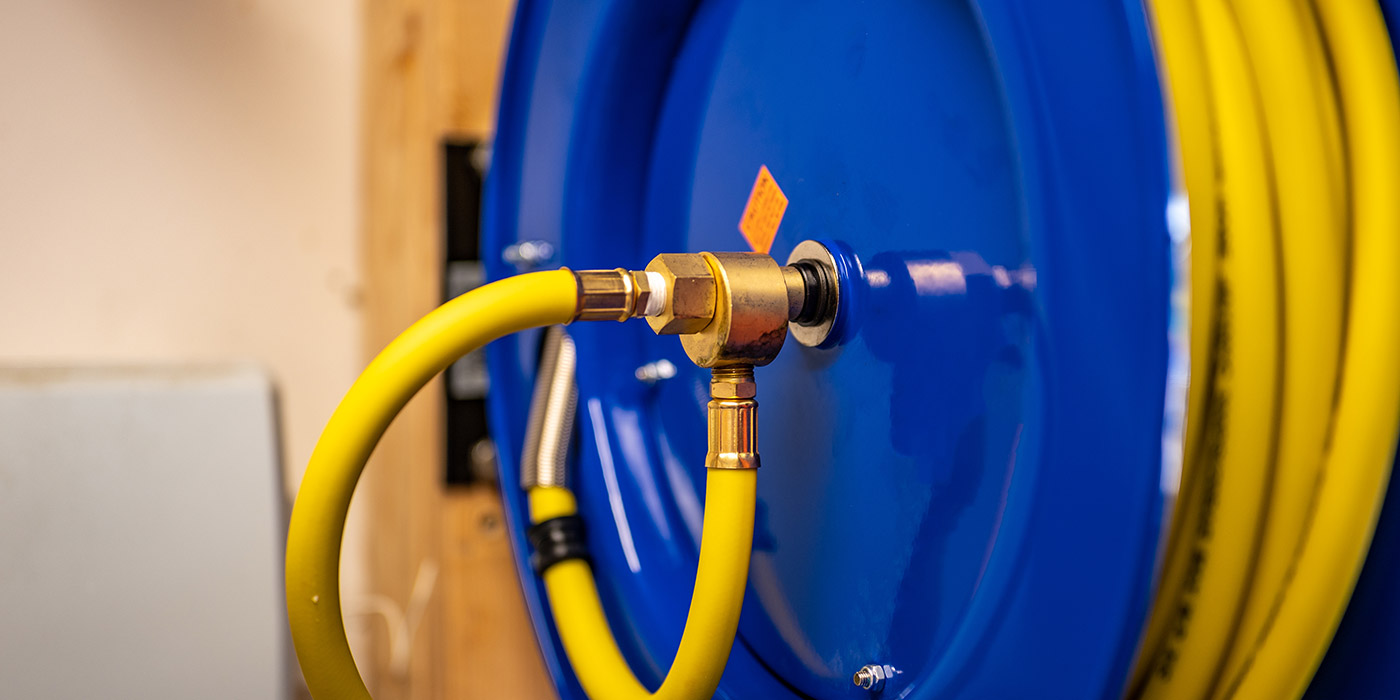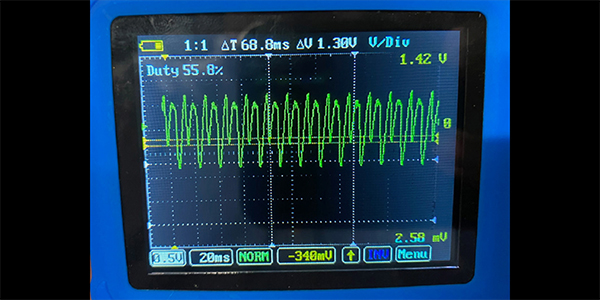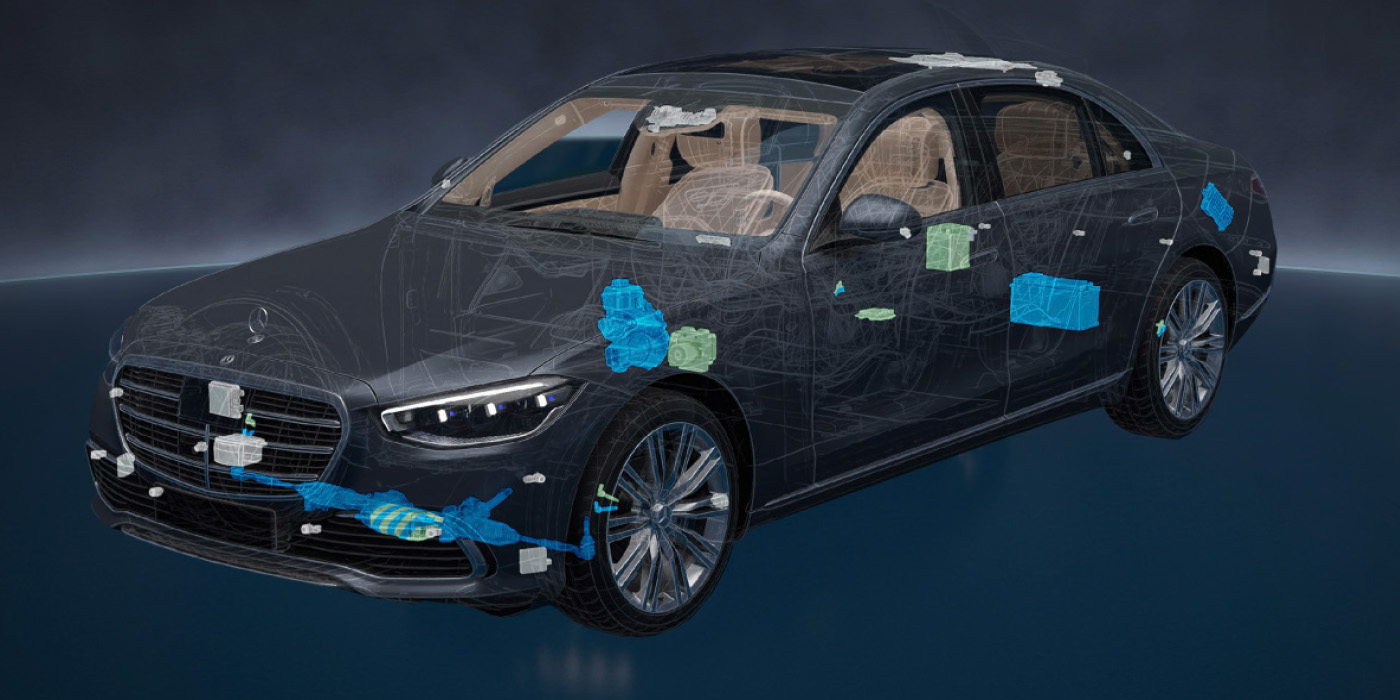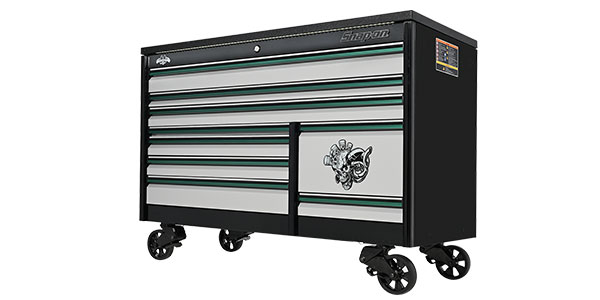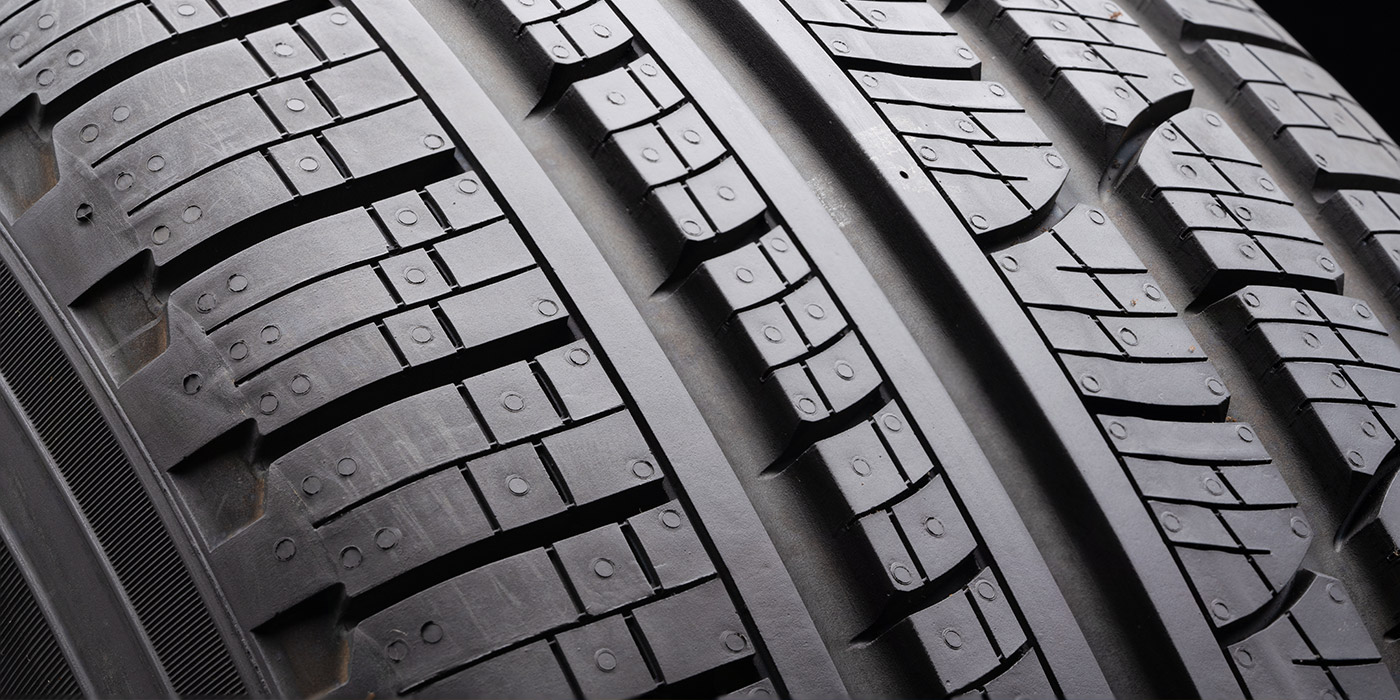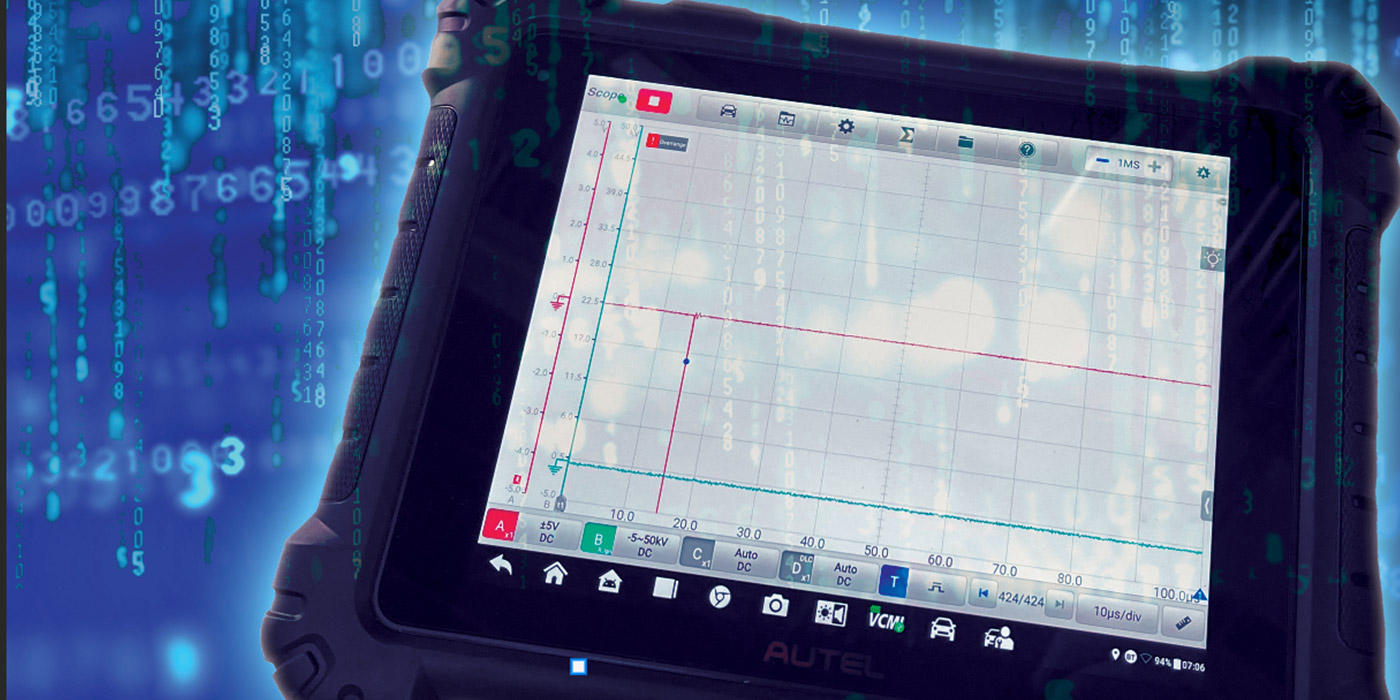I often wonder how many are afflicted with the same disorder I have — I can’t stop working on cars. This could be the reason that one of my favorite parts of being an auto technician was always the uniform service. I’d wear my uniform home and work on cars until late in the night, then fix whatever else was needed around the house. I never had to worry about ruining my own clothes.
By the time I was done working, my “street clothes” were lucky to see a couple hours of wear before I was turning in for the night. Work uniforms were tough and durable and, best of all, with a uniform service, I never had to clean them myself.
Throughout my career, I’ve worn pants and shirts; blue, gray or tan, depending on the shop. Was that the norm? After all, every time I see an old-school picture or representation of an auto mechanic, they are wearing coveralls. Just a few miles down the road from the Babcox Media offices is Ken’s Kar Kare, a three-bay independent shop in Norton, Ohio, owned by a friend of mine, Ken Beresh. Much like me, he’s working on cars and everything else from morning until night, but he has a lot more experience, turning a wrench professionally since the mid-’70s, so I thought I’d get his take on uniforms.
Down to Ken’s I went, and after catching up on new tools, the continuing rise in parts costs and recent repairs we’ve tackled, we got onto the subject of workwear. Early in his career, Beresh worked at a Shell service station. “We did not have a uniform service,” he said. “Uniform services were around, but not as many places used them because of the overall cost and set up fees.”
Instead of a uniform service, it was common for the station owner to purchase an assortment of pants and shirts and provide them to the technicians, but the technicians were responsible for cleaning them. “We’d get six pants and six shirts,” said Beresh. “At Shell, the colors for technicians were a yellow shirt with dark brown pants. A couple times a year, the owner would replace the ones that started to look really bad.”
If you read The Top Drawer column in this issue (page 136), you already know how I feel about our appearance to customers, and as it turns out, I’m not the only one. “The service stations back then were really big on image,” said Beresh. “They would have inspections and when they came in, they would want the place spotless and want the employees to look good. We had the option of wearing coveralls, and I’d often put them on when I went out into the bay. They were kind of warm in the summer but depending on how oily or greasy a job it was, I’d wear them because it kept the shirts so much cleaner.”
Uniform services are definitely more popular today, but in some shops, the debate still remains of whether or not to employ their services. Economically, it’s less expensive to buy and wash your own and some one-person or small shops still opt for it. However, there are three big factors involved. One, it gets tricky if you share a washing machine with someone. It’s a bad idea to wash dirty, greasy clothes in the same place someone washes their nice clothes. Believe me, that can become a quick point of contention. If it hasn’t already come back to hit you in the rear bumper, it will, so be prepared to invest in a dedicated washer and dryer.
The second factor is time. Time is the most valuable asset in the world, both professionally and personally. Is the time involved with self-laundering worth it? It’s easier to justify the cost of uniform service when you balance it against time.
The third is the additional services that a uniform company provides. Not only is this where we get shop rags and fender covers, but they almost always offer anti-fatigue mats, rugs, mops, bathroom supplies, disposable rags, cleaning supplies, first aid kits and supplies and personal protective equipment. In the often-hectic task of running a shop, a uniform service can be a valuable asset.
Keeping your shop clean and maintaining a first-class image takes a lot of time and effort. If this is your goal, again it’s easy to justify the cost of a uniform service.
Workwear Technology
You may still opt for washing your own, or you may want specific workwear for service advisors and managers whose clothes won’t get heavily soiled as technicians will. In either case, technology plays its part in the uniforms you can buy, and not only will you have more options for comfort and convenience, but keeping them clean is easier than it used to be too.
Many new fabrics are designed to repel oil-based fluids, so they won’t soak it up like traditional fabric. They are also more durable, lighter-weight and have great color retention. Overall, modern workwear is designed with flexible fabric and mesh panels in strategic locations to offer the best comfort, mobility and breathability.
Workwear specifically designed for automotive technicians also features covered buttons and snaps to prevent scratches, double-reinforced knees on pants, and don’t forget about mechanic’s belts that have no exposed metal. If pockets are your thing, buying your own workwear gives you the greatest flexibility in options. Whether you like chest pockets, shoulder pockets or cargo pants with multiple pockets, the choice is yours.
They may not be as popular as they once were in auto shops, but coveralls are still readily available, and many styles are designed with the auto technician in mind, utilizing the same fabric technology for durability and ease of care.
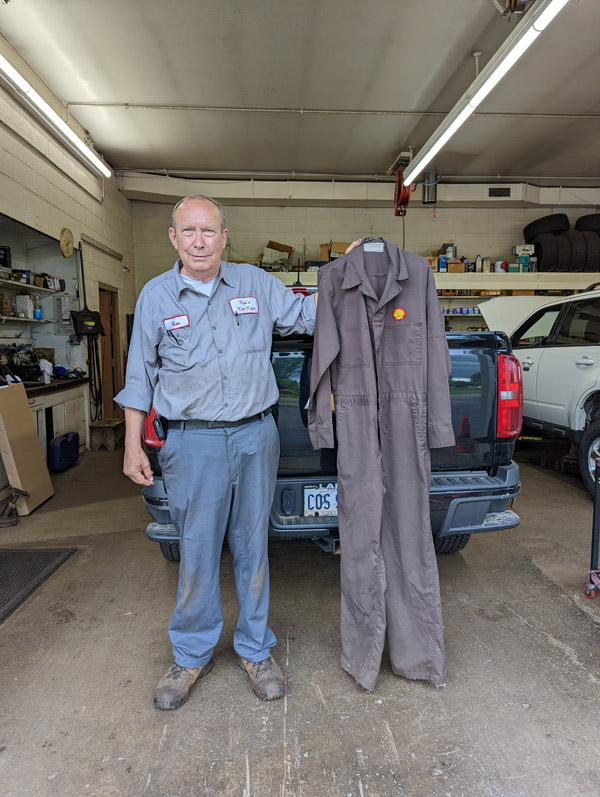
Let’s Heat Things Up
Of the multiple options of upgrades available, one of my personal favorites is heated workwear. I’d love to live somewhere that I never need it, but that probably won’t happen for a while, so it’s heated workwear for me. You could say the idea isn’t necessarily new; I remember socks from way back in the day…they took two “D” batteries in a flimsy plastic pocket. It was one of those gifts you got from Aunt Bertha for Christmas but never really used. It was a great idea, but I don’t think they ever caught on because the batteries just didn’t last that long.
But that’s the main reason today’s heated workwear simply rocks — battery technology! We already take advantage of it in our cordless tools, and now it keeps us warm on the coldest days. The most advanced heated jackets offer up to 12 hours run time on one battery! While the majority of this performance can be attributed to the battery technology, the fabric and insulation also plays a part, as well as the heating elements themselves. Many of these jackets are washer and dryer safe, and they’re not bulky either, like you might think.
If you get the harsh winters, you know there’s plenty of time spent in the lot trying to get a car going to bring it in. Heated gloves make this much more bearable. While they don’t offer the dexterity as regular mechanics gloves, you don’t generally need it out there, but some of them do offer touch screen compatible index fingers so if you’re doing a quick vehicle scan, you can stay warm in the process.
Back to Bermuda
Many technicians like to wear shorts, and if it’s a hot summer you’re in luck. The auto industry wasn’t left out and many shorts are designed with the same fabric technology and durability as pants and shirts, and they also feature covered buttons or snaps. They’re designed for maximum flexibility and offer a variety of pocket options.
Made for All
Pants, shirts,s and shorts are also available in women’s cuts that feature all of the same technology and benefits of workwear designed specifically for the auto repair industry.
Oh, My Back!
If I ‘d known how much abuse a body can take repairing vehicles over the years, I would’ve included back support and knee pads as part of my standard wardrobe. Wearing these may seem unusual at first, but you get used to it quickly. As a substitute for knee pads, I have multiple foam kneeling pads, but somehow, they always end up across the shop from where I need them, so I just like to wear the knee pads.
Safety First
The final piece of workwear for me is safety glasses. Technically these fall in the personal protective equipment category, but I like to consider them everyday wear. You don’t have to wear them all day long, but if you’re not grabbing a pair at least once a day for something you’re doing, you’re probably taking a chance with eye safety.
The problem I run across a lot is many of them seem to be designed for style rather than safety. These work great for techs that don’t wear glasses, but for me, most safety glasses don’t fit over my regular specs, so I have to use a goggle or extra-large style. I may look silly, but my eyes are protected.
After all, this was never supposed to be a fashion show. TS

